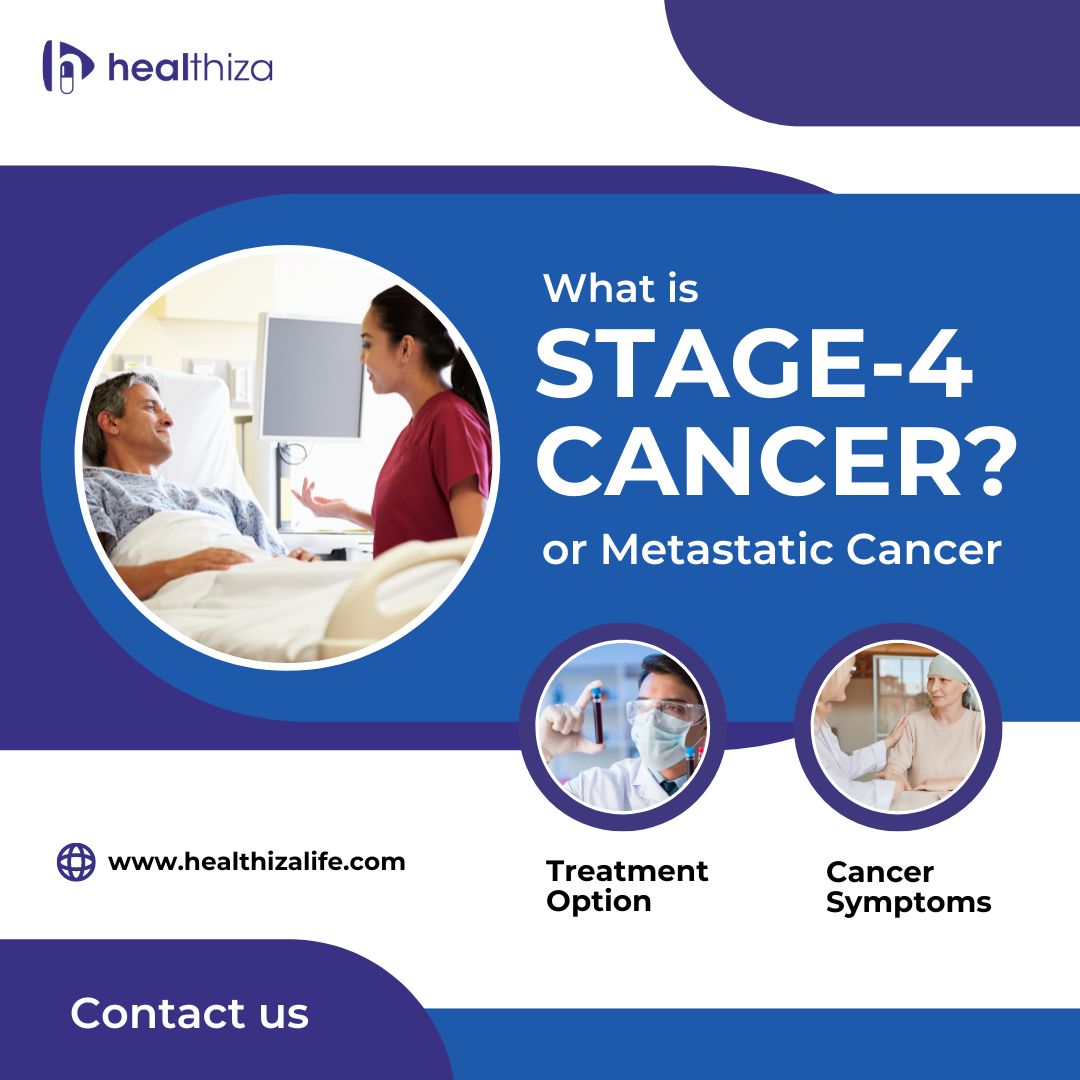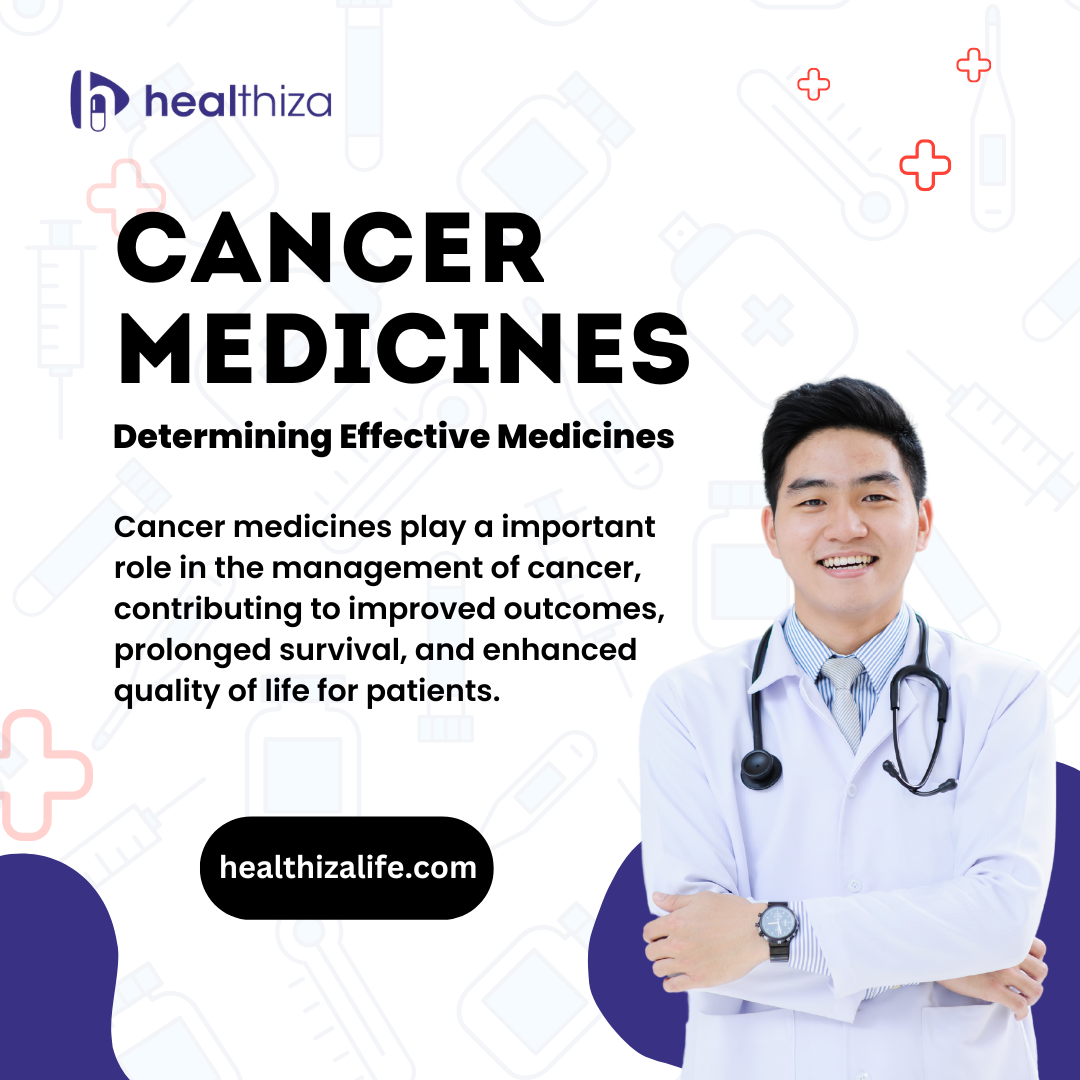What is Basal Cell Carcinoma?
Basal Cell Carcinoma Skin Cancer
Basal Cell Carcinoma is the common cause of maximum skin cancers originating within the basal cells—cells within the internal layer of the epidermis. Different conditions are liable for hiding this kind of cancer. If left untreated it could invade surrounding organs of the body and grow to be even harder to deal with.
Symptoms of Basal Cell Carcinoma
It can occur in a number of ways and may not always be located in a regular way. Identifying the basal cell carcinoma symptoms early can notably help in treating the sickness better.
Symptoms of Basal Cell Carcinoma are given below:
Shiny or Pearly Bumps:
One of the most common appearances of Basal Cell Carcinoma skin cancer is a translucent or pearly bump at the pores and skin. These bumps can be purple, pink, or maybe white, and that they regularly have visible blood vessels.
Open Sores:
A sore that bleeds, oozes, or remains open for weeks may be a signal of this cancer. These sores may additionally heal fast however have a propensity to recur.
Red or Pink Scaly Patches:
These patches can resemble conditions like eczema or dermatitis and generally tend to persist irrespective of the remedy with moisturizers or hydrocortisone creams.
Waxy, White Scar-like Lesions:
Some cancers seem as flat, scar-like lesions which are white or waxy. These are often wrongly taken for scars from previous accidents but may additionally moreover develop slowly over the years.
Brown or Black Lesions:
In human beings with darker skin, it may be given as brown or black lesions that could on occasion resemble moles or different benign pores and pores and skin growths.
Stages of Basal Cell Carcinoma
Stage zero (Carcinoma in Situ):
At early stage basal cell carcinoma, the bizarre cells are constrained to the pinnacle layer of the skin. It has however invaded deeper layers.
Stage 1:
In the early stage basal cell carcinoma is much less than 2 cm big and has not long gone to its end with the aid of lymph nodes or tissues.
Stage 2:
The tumor measures greater than 2 cm however regardless of the fact that it has not deployed to lymph nodes or past the precise area.
Stage 3:
At this juncture, it has developed into close by bone or facial structures, which include the jaw or across the eyes.
Stage 4:
Stage 4 basal cell carcinoma is a rare condition wherein the maximum most cancers have metastasized to other additives of the frame like organs or faraway lymph nodes.
Treatment for Basal Cell Carcinoma
Topical Medications:
Some OTC creams or gels can cope with superficial cancers. These treatments improve the body’s immune response against most cancer cells or inhibit their growth. They are often suitable for small, a good deal less competitive tumors.
Excisional Surgery:
This entails cutting out the tumor at the facet of a margin of wholesome pores and skin. The weave is extraordinarily dependable to ensure that most cancers and the crab cells are separate. This method is effective for small to medium-sized tumors and permits for particular elimination.
Basal Cell Carcinoma Mohs:
Particularly effective for diseases placed at the face, basal cell carcinoma mohs surgery includes eliminating the cancerous layer of pores and skin and examining each layer beneath a microscope until no uncommon cells continue to be. This technique minimizes harm to surrounding tissue, making it excellent for cosmetically touchy regions.
Curettage and Electrodessication:
A right method in which the tumor is scraped off and the place is cauterized to take away remaining close by most cancer cells. It is typically used for smaller cancer types.
Radiation Therapy:
When surgery isn’t always an option because of the region or duration of the tumor, or if the affected person has one of a kind health situation, radiation remedy can be encouraged. It targets and kills cancer cells without physically putting off them.
Targeted Therapy:
In times of superior Basal Cell Carcinoma, anticancer medicines block molecular indicators that allow the maximum cancers to develop. This preference is reserved for patients with more advanced or recurrent instances.
Photodynamic Therapy (PDT):
A light-sensitive drug is carried out to the place located by means of laser mild to set off the drug and destroy cancer cells. Pdt is right for sufferers world health company get not run carried out operation and for tumors inch hard-to-obtain areas
Preventive Measures and Early Detection
Prevention plays a big position in decreasing the threat of developing basal cell carcinoma. Here’s what you could do:
Regular Skin Checks:
Annual visits to a dermatologist for a whole-frame pores and pores and skin take a look at can help encounter basal cell carcinoma early stages. Inventory pores and cover self-examinations get too provider understand changes
Sun Protection:
Since UV publicity is a chief chance issue, the usage of big-spectrum sunscreen with SPF 30 or higher is vital. Wearing shielding garb, shades, and hats, and avoiding top sun hours can in addition reduce hazards.
Avoid Tanning Beds:
Artificial tanning devices divulge the pores and skin to severe UV radiation, growing the hazard of Basal Cell Carcinoma and exceptional pores and skin cancers. Opt for sunless tanning options like self-tanning creams if a tan is desired.
Conclusion
Basal cell carcinoma cancer is a commonplace but preventable form of pores and pores and skin for most cancers. Its slow-developing nature frequently allows for successful treatment of basal cell carcinoma, specifically when stuck early. Awareness of basal cell carcinoma signs and symptoms and proactive solar protection can significantly lessen the risk of developing it. If you notice any uncommon skin changes, consulting a dermatologist may be a life-saving selection. Prioritizing early detection and treatment is top to handling this condition efficiently.
Also Read,













